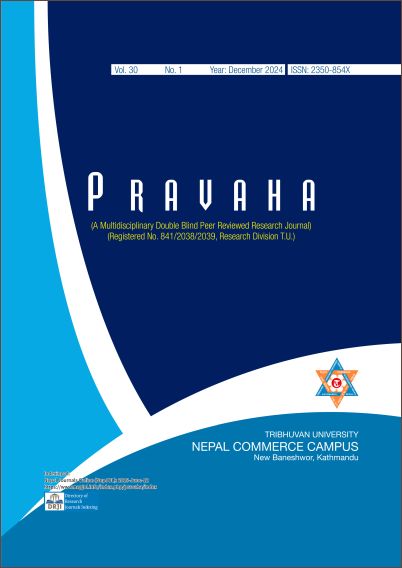Work Place Safety and Health Dynamics in Rural Infrastructures: A Study from Dhading District of Nepal
DOI:
https://doi.org/10.3126/pravaha.v30i1.76899Keywords:
Occupational Safety and Health, Rural Infrastructure, Construction Projects, Safety Equipment, Dhading DistrictAbstract
This research explores the occupational safety and health (OSH) conditions in rural infrastructure development projects in Dhading District, Nepal, focusing on construction projects managed by three different authorities; users' committees, contractors, and NGOs/INGOs. The study employs a mixed-methods approach combining primary data from field surveys and real-time observations, and secondary data from scholarly sources and relevant organizational publications. Data were collected from six construction projects with varying management structures, encompassing 36 purposively selected workers as sample. The analysis reveals significant disparities in safety practices across project types. NGO/INGO-led projects demonstrate superior OSH practices, including compliance with standard working hours, safety training, and health facilities, while contractors and users' committees show notable deficiencies, such as extended work hours, limited safety equipment, and poor health support. The study emphasizes the urgent need for improved safety measures, compliance with labor laws, and the provision of adequate health facilities to safeguard workers' well-being in all types of projects.
Downloads
Downloads
Published
How to Cite
Issue
Section
License
© Nepal Commerce Campus, TU
Authors are required to transfer their copyright to the Nepal Commerce Campus, TU.




